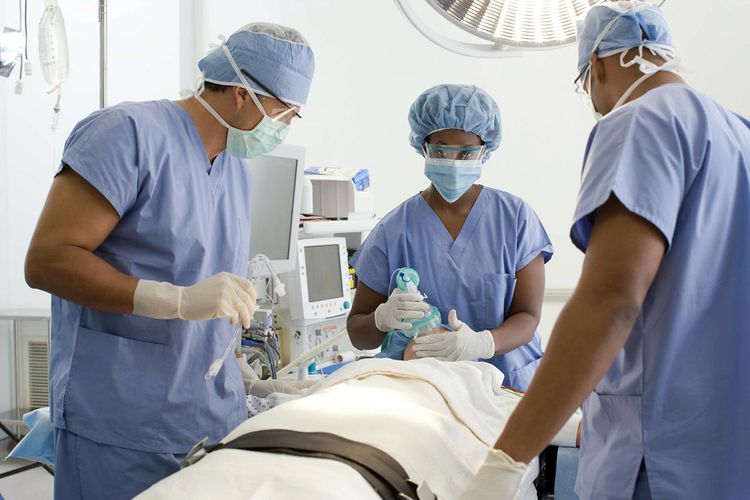Symmastia: Symptoms, Causes, Treatment
What are the symptoms of symmastia?
Symmastia, also known as “breadloafing” or “uniboob,” is a condition where the breasts merge across the midline of the chest, creating the appearance of a single breast instead of two separate breasts. This condition can occur naturally or as a result of breast augmentation surgery. Symptoms of symmastia may include:
- Visible skin or tissue between the breasts: Instead of a distinct separation between the breasts, there may be a visible connection or bridge of skin and tissue across the midline.
- Change in breast shape: The breasts may appear to be closer together or merge into a single mass rather than maintaining their individual shapes.
- Pain or discomfort: Some individuals with symmastia may experience pain or discomfort in the breast area, particularly if the condition is caused by breast implants pressing against each other.
- Psychological distress: Symmastia can cause emotional distress or self-consciousness due to the unusual appearance of the breasts.
Symmastia can be congenital (present from birth) or acquired. Acquired symmastia is often related to breast augmentation surgery, particularly if the implants are too large or if they are placed too close together, causing the tissues to stretch and merge. Treatment for symmastia depends on the cause and severity of the condition, and may include surgical correction to separate the breasts and restore a more natural appearance.
What are the causes of symmastia?
Symmastia, or “uniboob,” can have several causes, including congenital (present from birth) factors and acquired factors. Here are some common causes:
- Congenital symmastia: Some individuals are born with symmastia, which may be due to genetic factors or abnormalities in breast development in the womb.
- Breast augmentation surgery: Symmastia can occur as a complication of breast augmentation surgery. This can happen if the implants are too large, if they are placed too close together, or if the pocket created for the implant is too large, allowing the implants to move toward the midline and merge.
- Trauma or injury: Severe trauma or injury to the chest wall or breasts can sometimes lead to symmastia, particularly if the trauma causes damage to the tissues that separate the breasts.
- Poor surgical technique: In some cases, symmastia can occur as a result of poor surgical technique during breast augmentation surgery, such as improper implant placement or inadequate tissue support.
- Changes in breast tissue: Significant changes in breast tissue, such as weight loss or hormonal changes, can sometimes lead to symmastia, particularly if the breast tissue loses elasticity and support.
- Implant malposition: Symmastia can also occur if breast implants are not properly positioned or if they shift over time, causing them to move toward the midline and merge.
It’s important to consult with a qualified plastic surgeon if you are considering breast augmentation surgery or if you have concerns about symmastia. A surgeon can assess your individual situation and provide guidance on the most appropriate treatment options.
What is the treatment for symmastia?
Treatment for symmastia, or “uniboob,” depends on the cause and severity of the condition. In some cases, conservative measures may be sufficient, while in other cases, surgical intervention may be necessary. Here are some common treatment options:
- Conservative measures: For mild cases of symmastia, conservative measures may be recommended. These can include wearing a supportive bra or using breast tape to help separate the breasts and improve their appearance.
- Surgical correction: In more severe cases of symmastia, surgical correction may be necessary. The goal of surgery is to create a natural separation between the breasts and restore a more aesthetically pleasing appearance. The specific surgical technique used will depend on the individual case, but common approaches include:
- Implant repositioning: If symmastia occurs as a result of breast augmentation surgery, the implants may need to be repositioned to create a more natural separation between the breasts.
- Capsulorrhaphy: This procedure involves suturing the tissue capsule around the implant to create a more defined pocket and prevent the implants from moving toward the midline.
- Internal bra: In some cases, a synthetic mesh or tissue matrix may be used to create a supportive “internal bra” that helps to separate the breasts and support the implants.
- Tissue flap reconstruction: In cases where there is significant tissue damage or loss, tissue flap reconstruction may be necessary to restore a natural breast contour and separation.
- Revision surgery: In some cases, revision surgery may be necessary to correct any asymmetry or other aesthetic issues that may result from the initial surgery.
It’s important to consult with a qualified plastic surgeon who has experience in treating symmastia to determine the most appropriate treatment approach for your individual case. Treatment outcomes can vary depending on the severity of the condition and the chosen treatment approach.




